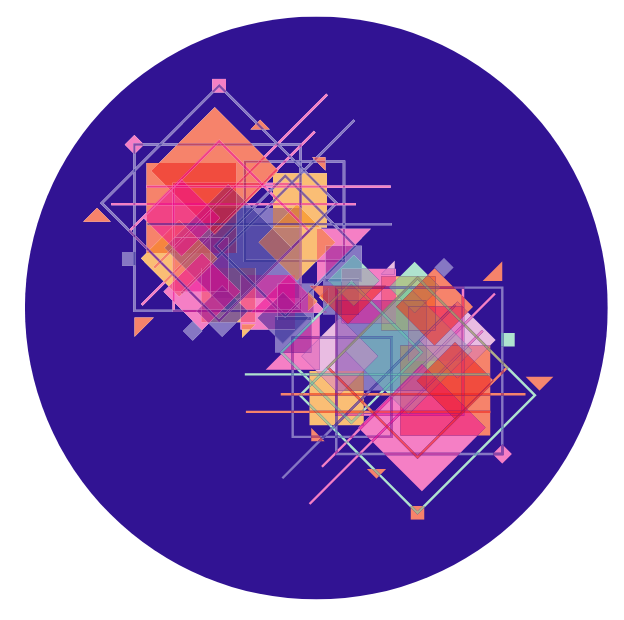Most school systems operate on the belief that adults possess a greater amount of knowledge and expertise than students. But, what if we are trying to solve complex educational problems that don’t have a clear answer and would benefit from a wide variety of perspectives? Student-powered improvement asks us to re-think the power dynamics held in conventional school hierarchies that place adults as the sole experts, solution designers, and decision-makers, with youth as the passive learners and receivers of solutions alone. By reimagining power, privilege, and agency to see students not only as the experts of their own lived experiences but also as equal agents of change, we will be able to meaningfully partner to make sustainable changes.

Read the short section below and share what resonated for you.
We first need to admit that no matter our perspectives and approaches in education, youth have power. Power can be thought of in three ways:
Another way to think of this is the power over, the power among, and the power to act. For student-powered improvement, the second and third perspectives of power are most meaningful and useful (below we will address the first model of power). Both of these perspectives help us see that youth and adults have power; they are both “agents” in a dynamic and complex system. This reorientation helps us see that the question isn’t who has or does not have power, but instead consider the ways we organize, leverage, and amplify different forms of power to improve our systems.
Student-power is something that is already present and emerges in different ways depending on context. If adults try to suppress student power it often reemerges as a form of resistance. As Mary Haywood Metz suggests, “Many students resist not because they are given too much power but because educators fail to recognize how much power students already have.” If we see student power as an opportunity or strength, we can then operationalize ways to guide and amplify this power to make schools better.
In the following sections we explore two important ways power emerges in classrooms, schools, and districts. One concept is when people have unearned and often unacknowledged power, which can be a barrier to student-powered improvement. The other is when the conditions are such that people have the power to make decisions and influence outcomes.

Read the short section below and share what resonated for you.
Privilege is when a person has unearned and often unacknowledged power. Privilege might be someone being given preference for a particular job because of their gender or having access to more educational programs because of their location. Privilege is intricately linked to social, cultural, or political norms around identity, which are often determined by a person or group’s physical and social characteristics.
Gender, race, sexuality, ability, age, socioeconomics, location, citizenship, etc. are examples of characteristics that can influence or define one’s privilege. These unique identities can intersect, compounding privilege or marginalization. To provide a very simplified example in education, a student who is English-speaking, male, and light-skinned might experience different privileges in certain contexts than someone darker-skinned, female, and a recent immigrant.
It should be emphasized that privilege is a system problem. Although privilege may advantage certain groups of people, it should be seen as a problem in the system and not placed on the people experiencing that advantage. Because an English-speaking, male, light-skinned student experiences certain privileges is not necessarily their fault; it is instead the system that needs to be restructured to rebalance where and how power is located. The goal is not to take away privilege but instead to reconstruct systems so all identities are honored and empowered.
Within the concept of youth-adult partnerships, there is often the unearned privilege of simply being an adult. Acknowledging the presence of adultism, the biased belief that adults are better than young people, entitled to act without youth permission, is an important step. Adults must recognize and disrupt adultism and its intersections with racism, sexism, and other forms of bias that impact whether youth are truly centered. Ironically, it isn’t the students that need to change for student-powered improvement to happen—we’ve found that often it’s the adults that need to shift their perspectives. For example, in a Design Camp in one school district, adults and youths brainstormed where adultism was present in schools and classrooms. They then discussed the impact that adultism had on them as individuals and as a community.
At the same time, we need to honor that youth need support, guidance, and experiences to grow and learn. We must be sure not to slip into adultification, or force youth to grow up too fast. Adultification has been found to especially impact Black girls and results in holding them to more adult-like standards of behavior than their peers.

Read the short section below and share what resonates for you.
If privilege is someone’s unearned power, agency is when someone feels a sense of empowerment. In the simplest terms, agency is a person’s ability to take action and have an impact on the world around them. Or, to be more comprehensive, agency is when people have desires and intentions; have the capacity and support to translate these desires and intentions into actions; and these actions have real and meaningful consequences. Agency is the manifestation of power.
Agency is also highly personal and is defined by each individual’s strengths that they bring to the table. By considering both privilege and agency we can start to better understand and implement the conditions necessary to minimize the impacts of unearned privilege and maximize agency.
How are we creating the conditions for students to show up and feel empowered to share their hopes, dreams, and opinions as we redesign learning conditions? How are adults reflecting on their own privilege and being vulnerable as they learn and grow alongside students?
In order to shift mindsets, teams of youths and adults should receive support noticing and naming existing power dynamics and privileges they bring into a given space, and develop the skills necessary to solve problems of practice.
For example, in Participatory Budgeting, one organizer noted, “Adults don’t automatically have the perceptions or capacity to even know how to do this work. You can’t just hand people students to partner with. Otherwise, they can end up tokenizing or gatekeeping…even those who are most enthusiastic.”
Over time, the group co-created a definition of shared decision-making and helped adults assess their biases about youth. Another organizer said, “To create a culture that is with students, not for students, we need to push those beliefs.” If we don’t work to shift the mindsets of power and privilege, there is an increased risk of tokenizing the youth on our team. Instead, we want to give them legitimate agency to work with us on solving the problems that prevent all youth from thriving in schools.
Explore a few protocols that teams of adults and youth have used on their journey to reimagine power, privilege, and agency.
This activity asks team members to name the status quo categories of power so that they can work to share power with other members.
This activity asks teams of students and adults to name the places where adultism is at play in their schools.
As part of reimagining power and privilege, both students and adults may need support in coming to a decision. This protocol will help teams arrive at a consensus when presented with difficult choices.